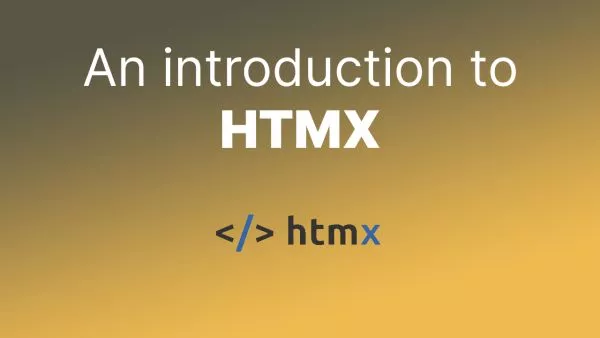- Datetime vs. Timestamp Field Types
- When to Use Datetime vs. Timestamp
- Pros and Cons of Using Unix Timestamps
- Conclusion:
When working with databases, it's essential to store dates and times properly to ensure data integrity and accurate queries. In this article, we will dive into the best practices for storing dates and times in MySQL, covering the differences between datetime and timestamp field types and discussing the pros and cons of using Unix timestamps.
The MySQL manual has a page about this, but it's not as clear as it could be.
If you're already comfortable on the differences between DATE, DATETIME, TIMESTAMP and Unix timestamp fields then you might be interested in our Database Design Certification.
Datetime vs. Timestamp Field Types
MySQL provides two main field types for storing dates and times: datetime and timestamp. Each has its unique characteristics and use cases.
a. Datetime:
- Stores date and time information in a human-readable format (YYYY-MM-DD HH:MI:SS).
- Range: '1000-01-01 00:00:00' to '9999-12-31 23:59:59'.
- No timezone conversion is performed when storing or retrieving data.
- Occupies 8 bytes of storage.
b. Timestamp:
- Stores date and time information as the number of seconds since the Unix epoch (1970-01-01 00:00:00 UTC).
- Range: '1970-01-01 00:00:01' UTC to '2038-01-19 03:14:07' UTC.
- Automatically converts the stored date and time to the current timezone when retrieved.
- Occupies 4 bytes of storage.
When to Use Datetime vs. Timestamp
In general, use the datetime field type when:
- You need to store dates outside the timestamp range.
- You don't need timezone conversion.
- You prefer a human-readable format for date and time values.
Use the timestamp field type when:
- You need to store dates within the timestamp range.
- You require automatic timezone conversion.
- You want to save storage space.
Pros and Cons of Using Unix Timestamps
Instead of using the datetime or timestamp field types, some developers choose to store dates and times as Unix timestamps. Here are the pros and cons of doing so:
Pros:
- Compact storage: Unix timestamps are stored as integers, requiring less space than datetime or timestamp fields.
- Easy calculations: Performing arithmetic operations on Unix timestamps is straightforward, as they are simple integers.
- Language-agnostic: Unix timestamps can be easily manipulated in various programming languages.
Cons:
- Limited range: Unix timestamps can only store dates between 1970-01-01 and 2038-01-19.
- Less human-readable: Unix timestamps are not as intuitive as the datetime or timestamp field types.
- No timezone conversion: Unlike the timestamp field type, Unix timestamps do not automatically handle timezone conversions.
Conclusion:
Properly storing dates and times in MySQL is crucial for data integrity and accurate queries. By understanding the differences between datetime and timestamp field types and weighing the pros and cons of using Unix timestamps, you can make informed decisions about the best approach for your specific use case.
Interested in proving your knowledge of this topic? Take the Database Fundamentals certification.
Database Fundamentals
Focusing on SQL and database design, this exam will test your knowledge of database fundamentals.
$99



